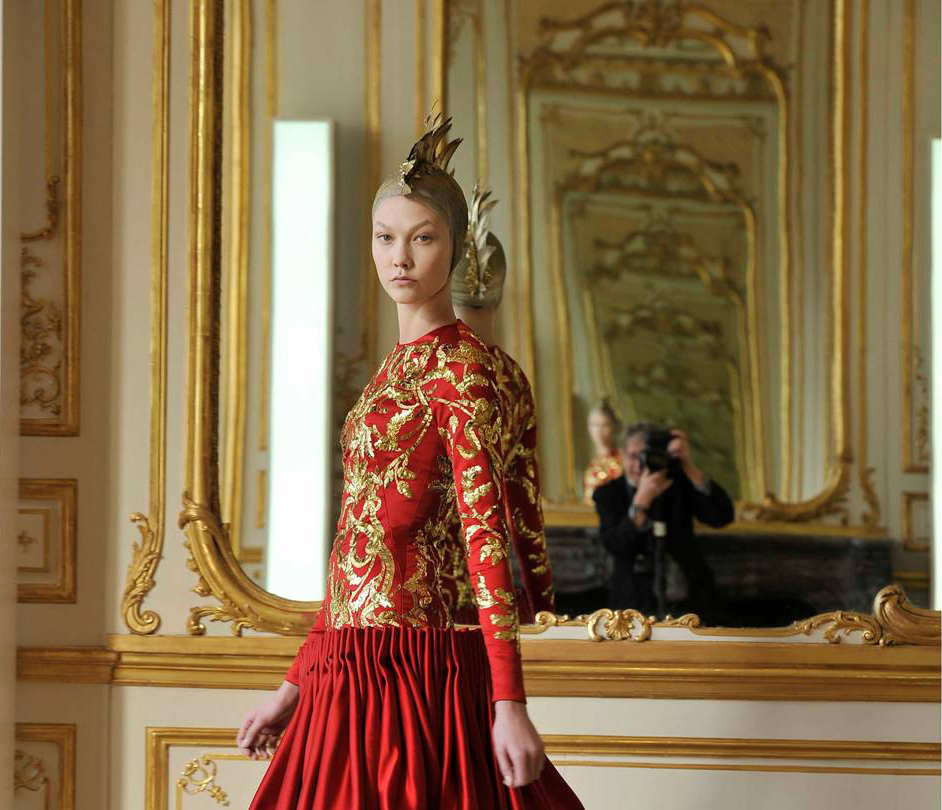
An exhibition of the runway photographer’s half-century in fashion reveals the evolution of changing style.
Naomi Campbell, her suit sucked in at the waist, casts a sexy pout from way on high. Beside this giant photograph of the eternal British model is the suit itself. The image in the picture is easily the more compelling.
And that is the story of “Catwalking: Fashion Through the Lens of Chris Moore”, an exhibition at the Bowes Museum in Darlington, in northern England.
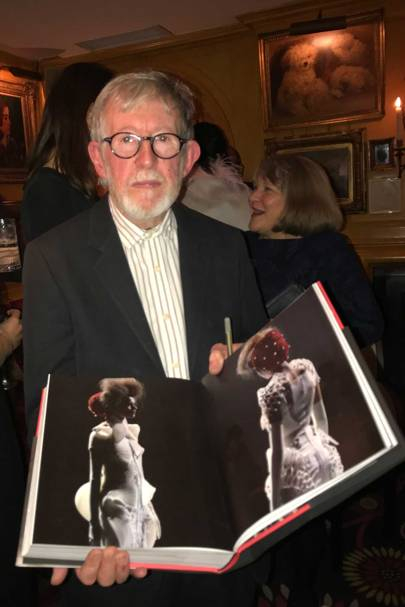
Christopher Moore’s presence in the sweaty, heaving photographers’ press pit in London, Milan, Paris and New York made the British snapper a fashion fixture for more than 50 years – an exceptional position recognised by the photographer himself.
“The fashion show is a collective experience in itself, not merely a vehicle for viewing clothes. You get the smell of it, the whole embrace – the music,” says Chris, now 84.
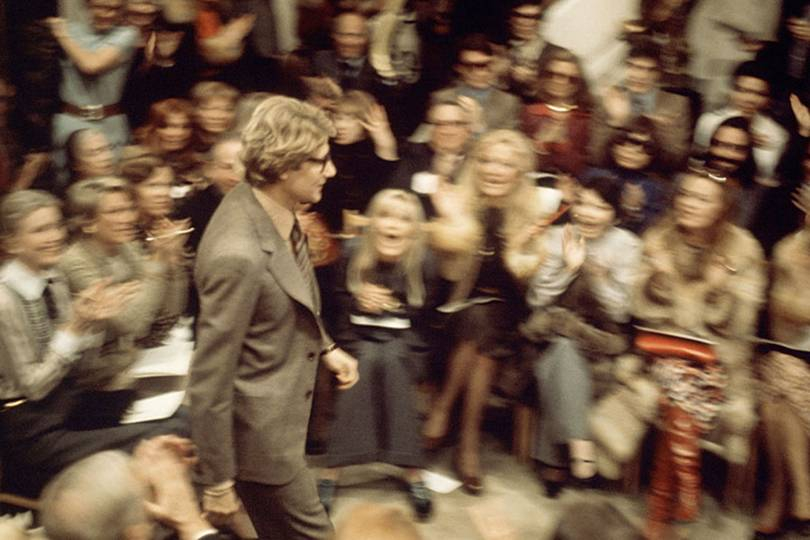
The Bowes Museum, a grand wedding cake of a building built in the 19th century by an English landowner and his French wife, has held a variety of fashion exhibitions – most recently a study of Yves Saint Laurent. But rarely can there have been such a conjunction of photographic reportage with fashion artistry.
“I am so proud of the museum, and that fashion people have responded the way they did,” says Joanna Hashagen, the exhibition’s curator, who pronounced herself astounded at the number of high-fashion pieces on loan. Accompanying the more than 200 photographs are significant couture creations including an elegantly decorated Chanel dress and – in complete contrast and a favourite of Chris himself – a ballooning scarlet creation by Comme des Garçons.
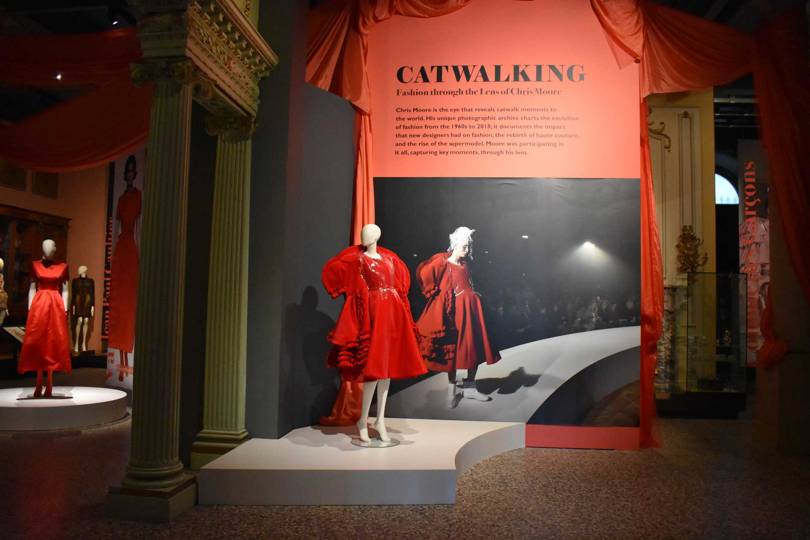
“What the houses have lent is amazing,” says Hashagen, referring to the show’s finale of a “runway” featuring looks for evening and day, including embroidery, sequins and plastic. The curator proclaims the loans “a great privilege”.
Yet equally extraordinary is the depth and range of photographs that Chris and his partner, Maxine Millar, helped to select from more than one million images in his archive. The museum selection focuses on the runway, with all its bravado and merriment – at least until the Japanese school, led by Rei Kawakubo of Comme des Garçons, drained the smiles from the models’ faces.
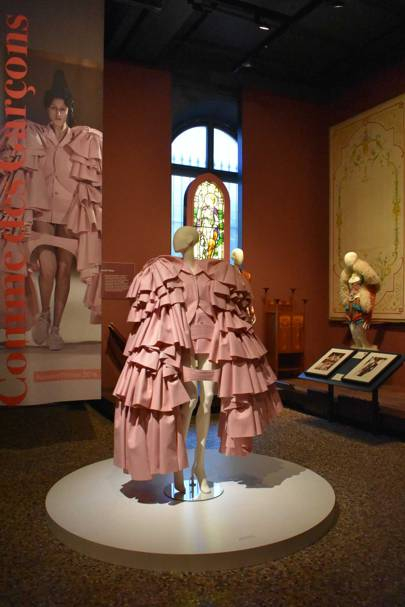
The images from the Sixties and Seventies are shown with models in movement, suggesting the new energy and freedom of fashion, and also of the photographer, who started his career in the Fifties working with conventional elegance for Vogue magazine.
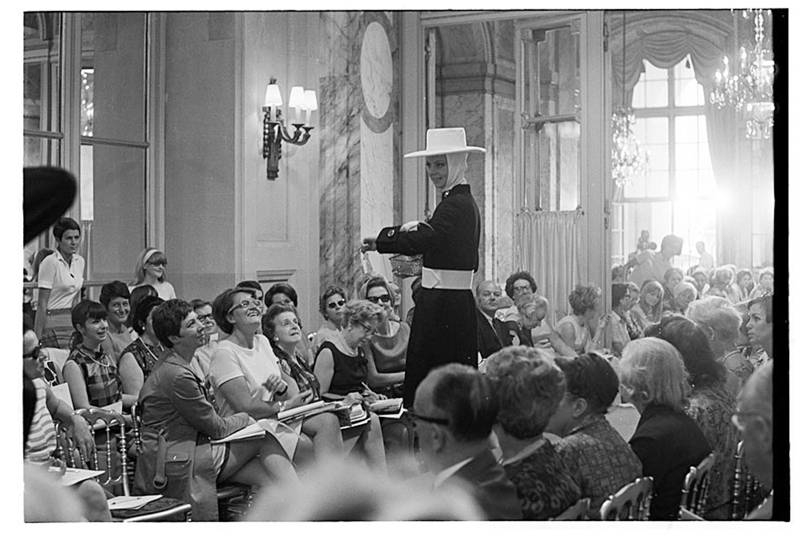
Between them, the curator and photographer have produced a balanced variety of looks. These include backstage imagery, my favourite being a picture taken by Chris from atop a chair. Spread out below his lens is Yves Saint Laurent embracing French actress Catherine Deneuve, while eager American society client Nam Kempner looks on.
Another way that the Bowes Museum seems to capture the fine balance of clothing and imagery is in its handling of Alexander McQueen. From a bold display of clothes, Chris’s images express the solemn and sometimes disturbing beauty of the designer’s work as well as its sensitive continuation under current designer Sarah Burton.
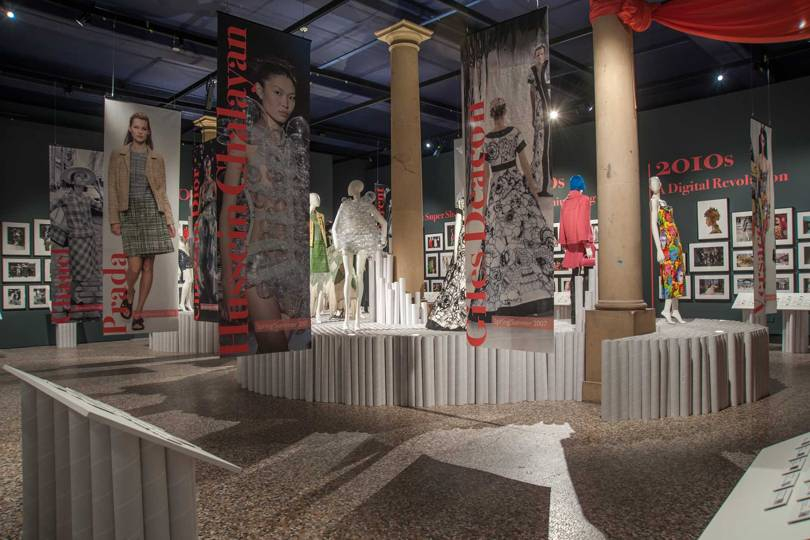
Credit: Bowes Museum
“I was the only one who photographed the show after his death. The music alone was enough to make me cry,” remembers Chris, who was McQueen’s in-house photographer and the person invited to document what would be the designer’s final collection.
Having worked for more than two decades with Chris Moore when I was fashion editor at the International Herald Tribune, I know well his passion for perfection, but worn lightly. It is fascinating for me – and surely for others – to see the development from the early years of fashion as a business, when photographers were not allowed into the client-only haute couture shows and had to come back the following day to take pictures. That evolved into the era when Moore and his peers snapped away from the sides of the catwalk, and their current position hunkered down at the end of the runway.
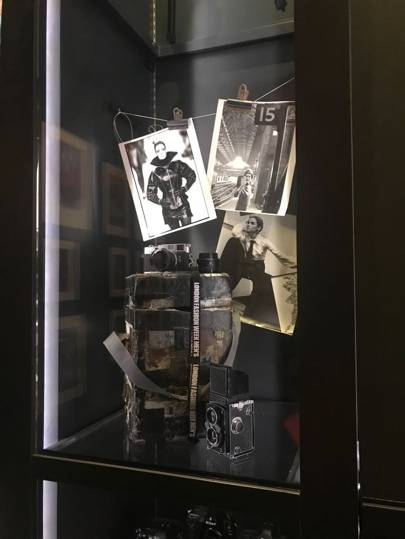
The most dramatic change was the move to digital photography. Having spent years dashing across Paris with a roll of film in my hand to be developed at a lab, and later passing this duty on to a runner, the arrival of the digital age was a game changer. Maxine pushed for a switch to uploading the photographs online, believing, rightly, that without change the Chris Moore company could not have kept up the pace.
The most dramatic change was the move to digital photography. Having spent years dashing across Paris with a roll of film in my hand to be developed at a lab, and later passing this duty on to a runner, the arrival of the digital age was a game changer. Maxine pushed for a switch to uploading the photographs online, believing, rightly, that without change the Chris Moore company could not have kept up the pace.
Chris feels no nostalgia about the pre-digital era, saying, “I think it’s better than film. When it started, definition was low, but it gradually increased. When I look back at film, it’s better and cleaner now. I salute it.”

A museum show can fall heavily on the light spirit of fashion. But the Bowes Museum, with its quirky permanent display pieces, such as a wind-up silver swan, provides the right spirit for Chris Moore.
Fashion images from his early career are displayed in the first of three large rooms. Here, music from the period accompanies the different eras of clothing, from the first moon landing in 1969 and the Space Age looks of André Courrèges and Paco Rabanne, to the colourful textures of Kenzo and Sonia Rykiel in the Seventies, to what the photographer describes as the “Four-City Circus” of London, Milan, Paris and New York in the Eighties.
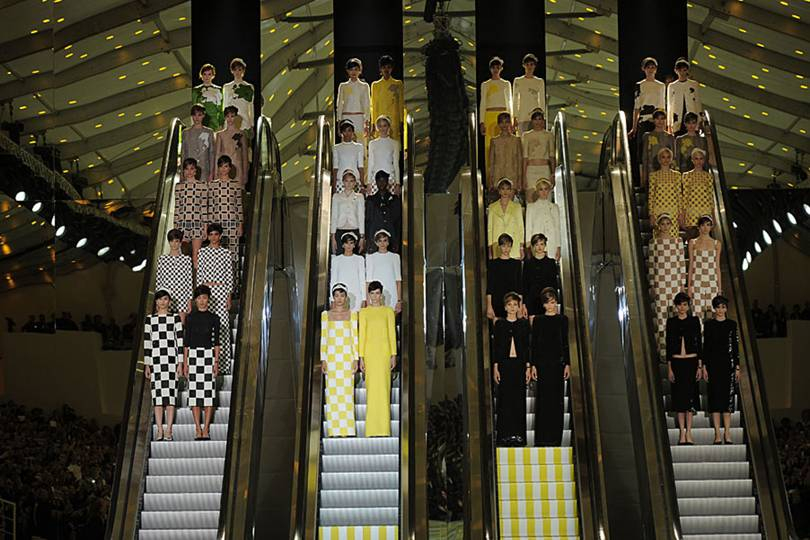
Credit: Chris Moore
Perhaps the fashion high point of the exhibition is the arrival of the supermodels – Naomi Campbell and Linda Evangelista among them – and the extraordinarily inventive presentations by John Galliano.
And this photographer’s favourite model? “Christie Turlington was the best – she was fantastic,” he replies. “She wore the clothes well, came to us to be photographed, would turn around again – she was so professional.”
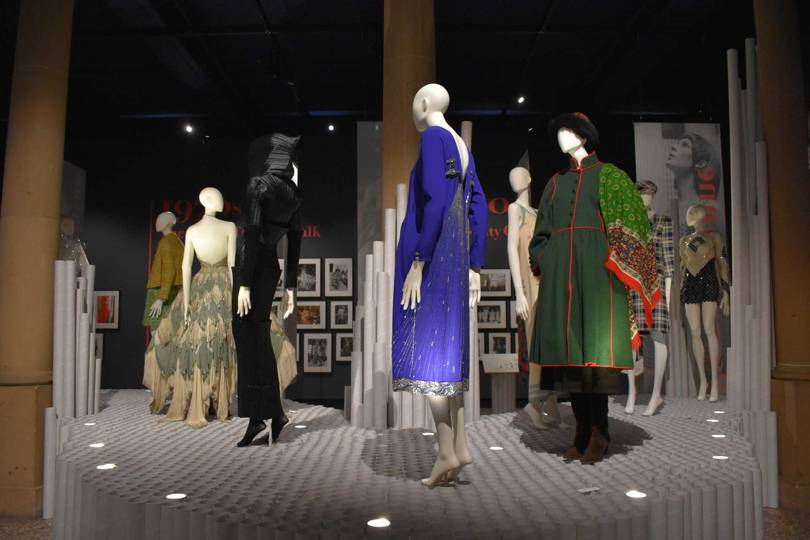
Every picture – and every garment – tells a story. For example, the elegant geometry of a flower-patterned YSL dress, photographed in black and white, beside a vision of the colourful real thing.
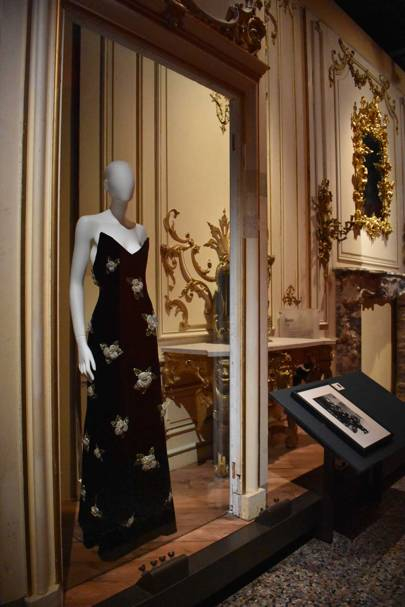
Credit: Bowes Museum
Chris answers decisively when I ask which of all the images, including those in a fat book of his work, Catwalking (published last year by Laurence King), is his favourite.
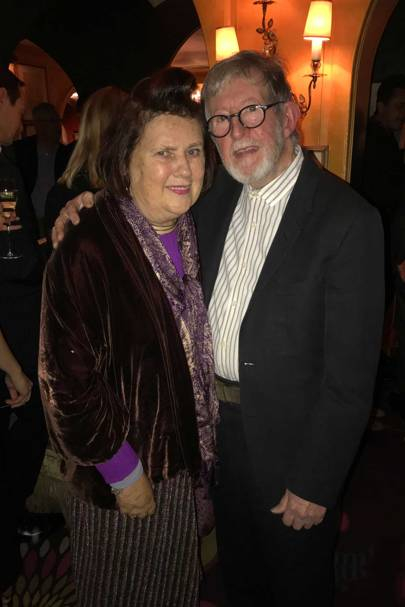
Credit: @SuzyMenkesVogue
“The one of Karl Lagerfeld’s first show for Chanel [in January 1983],” Chris says. “We were by the famous staircase. As I turned my camera around to where all the photographers were, by luck there was a mirror reflecting a model. I don’t say I am perfect. But I like to get some poetry.”
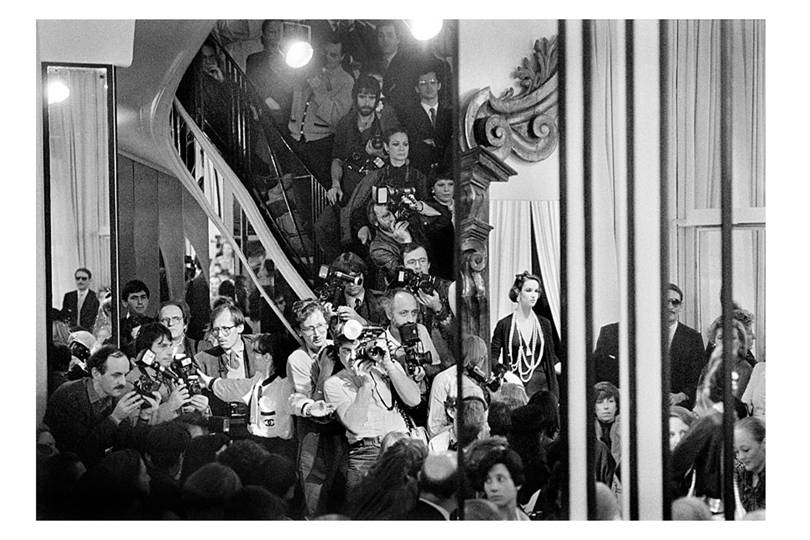
Credit: Chris Moore
“Catwalking: Fashion Through the Lens of Chris Moore” is at the Bowes Museum until the 6th of January 2019


Zaloguj się, aby zostawić komentarz.